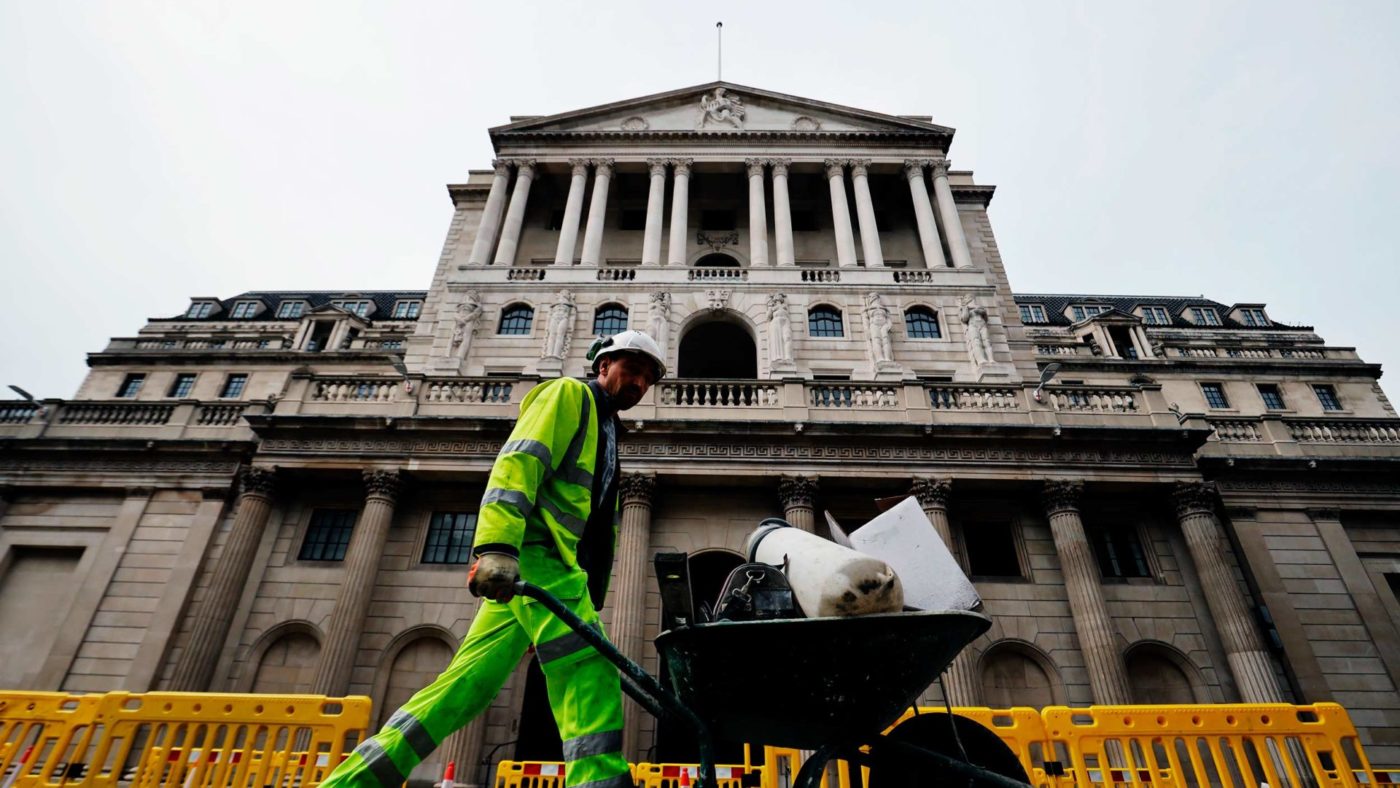The IMF recently praised the UK’s aggressive fiscal and monetary responses to the pandemic as “one of the best examples of coordinated action globally”. That’s probably also how we should view Thursday’s announcements of additional policy support from both the Treasury and the Bank of England within just a few hours of each other. Nonetheless, there are still aspects of all of this that make me uncomfortable.
To be fair, the imposition of what amounts to a second national lockdown means that neither party had much choice. Most immediately, this means that the rationale for the original furlough scheme surely applies again. The Government itself has decided to prevent businesses from trading normally and so it is only right that the Government should step in once more to protect jobs and incomes.
While this will be expensive, the alternative of mass unemployment could have been even worse. The latest ONS survey suggests 7.7% of UK employees were still on full or partial furlough in mid-October. I’m guessing that’s about 2.2 million people, based on the 28.3 million who were on payrolls in September.
Similarly, it would be odd for the Bank of England to make significant downward revisions to its economic forecasts without following this up with some further monetary stimulus. The resulting increases in spare capacity and unemployment are likely to add to the downward pressure on inflation – at least in the short term – and this needs to be offset somehow.
So, what am I worried about? First, the furlough scheme is relatively generous, paying up to 80% of the normal wages of millions of people even though they are not doing any work. This is stretching the limits of fairness to the many others who will have to pick up the bill. It is also distortionary and could delay the adjustment to the ‘new normal’ (whatever that may be), because these subsidies will reduce the incentive to move to new jobs elsewhere in the economy.
These concerns were easier to overcome in the first lockdown, which slashed output by 25% over two months. But the impact of the second lockdown should be much less severe – perhaps 10% – and hopefully shorter lived too.
The extension of the furlough scheme on similar terms all the way until March 31 is therefore even more generous. However, the Chancellor has at least left open the option of requiring employers to make a bigger contribution to the costs of the scheme from January next year.
The case for the additional £150 billion in gilt purchases from the Bank of England is not entirely straightforward either. While the move is understandable, the markets were only expecting £100 billion. I would also happily argue that any additional quantitative easing (QE) is both unnecessary and potentially dangerous, both for the longer-term outlook for monetary stability and for fiscal discipline.
The extra QE basically means that the Bank of England will now mop up all the additional gilt issuance over the next year or so. However, the MPC’s main job is to worry about inflation, not to underwrite government spending. There is already plenty of monetary stimulus in place, and ample private demand for gilts to keep borrowing costs down. In the meantime, cheerleaders for ‘Modern Monetary Theory’ and ‘Positive Money’ surely do not need any further encouragement.
What’s more, it now makes sense for most of the burden of responding to the economic downturn to fall on fiscal policy. Rather than the additional government spending on the furlough scheme justifying additional monetary support, it could be argued that it reduces the pressure on the Bank of England to do more itself. Indeed, it is notable that the MPC actually revised down its forecast for unemployment in the fourth quarter of this year (from 7.5% to 6.3%), partly for this reason.
At least there is no evidence that the UK is any closer to adopting negative interest rates. The only explicit reference to them in the Monetary Policy Report was a nod to the fact that some market participants still expect them, despite clear signals from MPC members that additional QE is still the ‘marginal policy tool’ of choice.
That said, I still think that both the Treasury and the Bank of England deserve plenty of credit for the way they have responded to the pandemic and shielded the UK economy from even worse harm. I also suppose it is better to err on the side of doing too much rather than too little. I’m not sure the same can be said of those responsible for the decision to lock down the economy in the first place, but that’s a topic for another day.
Click here to subscribe to our daily briefing – the best pieces from CapX and across the web.
CapX depends on the generosity of its readers. If you value what we do, please consider making a donation.


